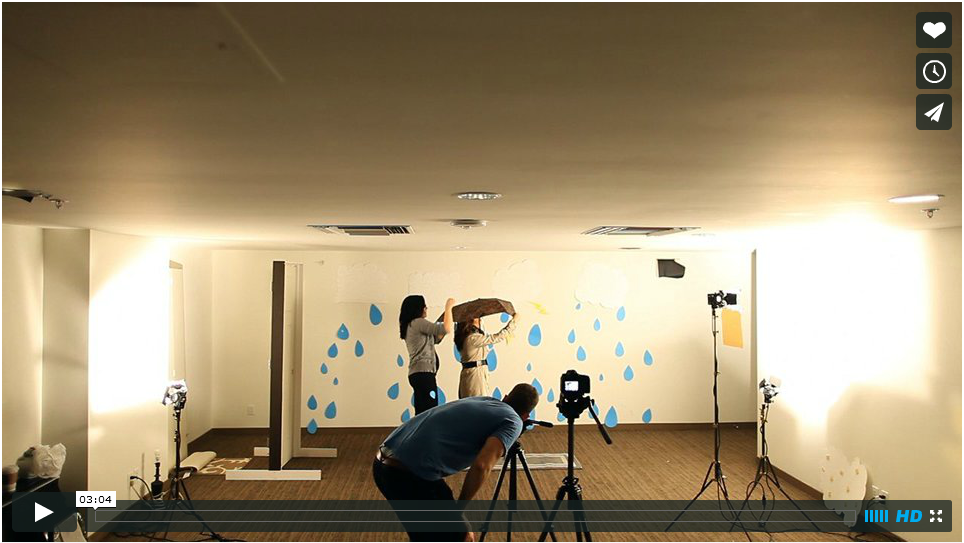Creating a stopped motion piece is the perfect way to unite your inner photographer and videographer through a trendy and fun medium. Blending the creativity of photography with the motion of video, stopped motion brings hundreds and thousands of images together to tell a sequential story.
Here are some tips for creating a stopped motion piece.
1. Brainstorm your visuals
Through stopped motion you have thousands of images to shoot, but you need to place the same kind of focus you had with one image, and apply it to many. It is probably helpful to discuss an “image” as a “scene”. So, in a movie, every element in a scene is important right? Each element helps to describe the story, thus making it stronger. Same principle is applied in the elements of a photo. Same principle is applied in stopped motion.For these visuals, your story needs to be extremely strong. And by story, I mean, “series of images”. Just like in video you create a flow of progression from the “scenes” of your story, your “scenes” also must create a progression.
2. Create a storyboard for your stopped motion piece
If you go into stopped motion creation without planning and storyboarding, you will be sunk with a l.o.t. of time in post processing. In video, the medium is in clips. But in photo, the medium is in single images. Unless you have thought out what elements and scenes you want in your piece, you will have the unfortunate experience of sorting through thousands of individual photos to try and put the piece together. Take my advice. It is challenging enough to work with thousands of individual photo’s when you have your piece planned out. Without a plan, you will be left with trying to sort through what series of photo’s to move where, etc. etc. and it’s just incredibly complicated. So don’t do that. Story board.I’m sure you’ve heard enough about storyboarding from the great “making of” specials on different movies, but practically, how do you dissect a story board?
- Start with a script. You must k.n.o.w. what you want to communicate. Sometimes it’s easier to start this in writing. Write a story just like any other. Intro, which explains the characters and the core of the film. The development, in which more elements are introduced to further complicate or challenge what already existed. And then the conclusion and resolution of story and all it’s elements where your audience can take away the final message.
- Mentally visualize your story. What visual elements create the intro, the development, and the conclusion? Will you need to alternate between wide angle and detail shots? Remember, the point of stopped motion is to literally CATCH MOTION. The series of HOW you catch that motion is what you need to visualize.

No comments:
Post a Comment